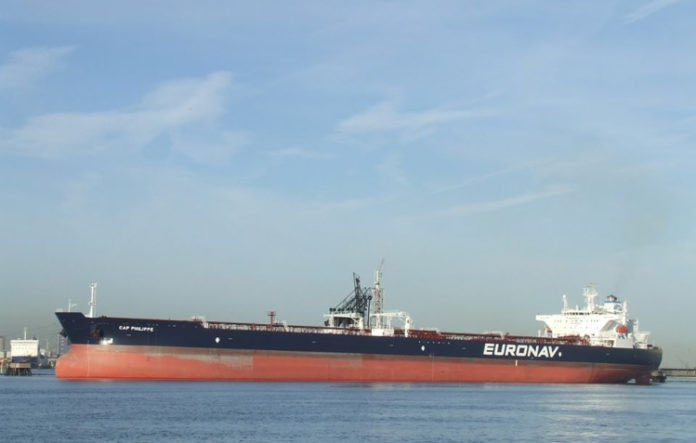Continued focus by the US super major, ExxonMobil, on further developing oil production offshore Guyana is one of the priority pursuits of the company’s immediate-term investment plans, against the backdrop of its recent disclosure of plans to sustain capital expenditure levels of between US$30 billion and US$35 billion through to 2025.
The disclosure, which was made last week by Exxon Chairman and Chief Executive Officer, Darren Woods, strongly suggests that Guyana will be assured of high priority among ExxonMobil’s oil & gas recovery pursuits, at least for the next five years.
Exxon’s disclosure of its likely short to medium-term spending announced last week came notwithstanding the roughly 25 per cent fall in oil prices this year and comes against the backdrop of few other oil companies willing to commit to ramping up spending in the period ahead.

If oil prices will doubtless remain a worry in the period ahead, the disclosure that ExxonMobil’s continued active oil-recovery presence offshore Guyana, even during what could be a difficult period ahead for the oil & gas industry as a whole, will be reassuring for Guyana, which will be pinning its hopes on anticipated revenues to kick start a long-anticipated social and economic transformation of the country.
Woods’ disclosure suggests that during 2020, ExxonMobil’s investments are likely to be pegged at US$33 billion, a figure that will reportedly depend on the progress of individual projects.
Outside of its current oil recovery pursuits within Guyana’s Stabroek Block, the source from which the earliest revenue returns for Guyana are being realised, Exxon, according to its CEO, is focussing on other key growth areas to boost oil & gas production over the next few years. These include shale production in the Permian Basin in Western Texas, exploration and production offshore Brazil, and developing liquefied natural gas (LNG) projects in Papua New Guinea and Mozambique.
Guyana, one of ExxonMobil’s most significant recent oil discovery accomplishments, is expected to realise production exceeding 750,000 barrels of oil per day by 2025.
In a report appearing on several international oil & gas sites, Woods is quoted as saying that ExxonMobil’s strong portfolio and financial capacity has positioned it to “continuously evaluate our priorities and the pace of investments while preserving value,” a position which he said was “critical in current market conditions and near decade-low commodity prices and margins.”
The immediate-term level of ExxonMobil’s interest in its Guyana project is being closely monitored here in Guyana where expectations, triggered by the company’s May 2015 oil find, have soared even further in the wake of confirmation that just five years after the discovery, Guyana is already poised to access financial returns from the project. Beyond that, disclosures of planned multi-million dollar investments by overseas-based investors, mostly in high-end hotels and luxury homes, are hinged on the continued and even stepped up oil & gas recovery pursuits here.
During his disclosure about the company’s investment plans over the next five years, Woods, seemingly ever mindful of the environmental damage-related criticisms which the company has had to face, asserted that “long-term growth plans are rooted in the company’s efforts to meet the world’s increasing demand for reliable and affordable energy, while reducing emissions and risks associated with climate change.”





